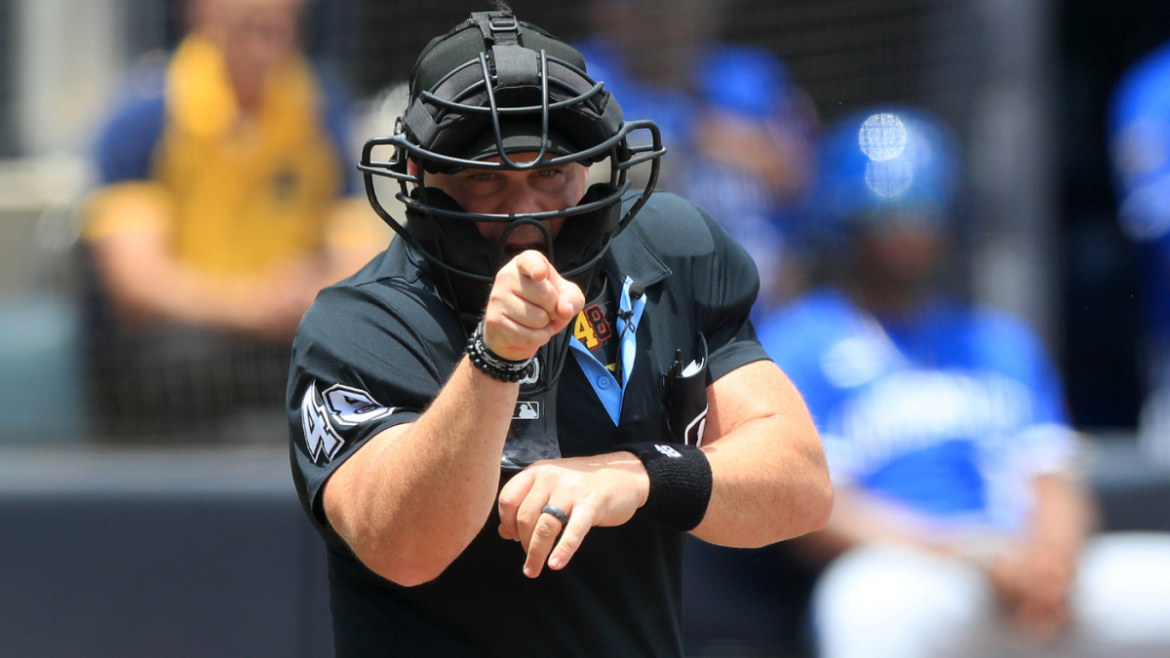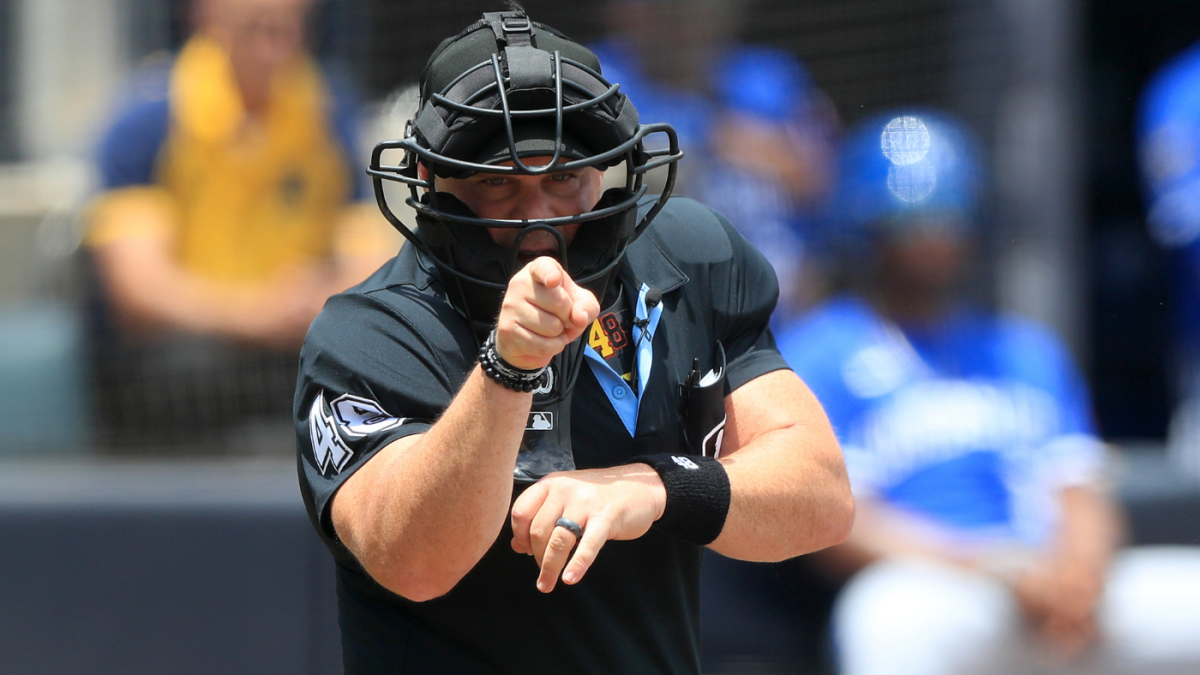The Evolution of the Strike Zone in Major League Baseball
The strike zone in Major League Baseball (MLB) has long been a contentious topic, subject to the whims of human umpires and the evolving rules of the game. Recent changes in how umpires are evaluated have led to a tighter strike zone, catching players off guard and altering the dynamics of the game. This report delves into the implications of these changes, the accuracy of umpire calls, and the potential future of automated systems in the sport.
The Tightening of the Strike Zone
Changes in Umpire Evaluation
MLB’s recent adjustments to umpire evaluations have significantly impacted the strike zone. The new labor agreement with the umpires’ union has reduced the buffer zone from 2 inches to just three-quarters of an inch. This tightening has led to fewer called strikes on the edges of the zone, a change that has been evident in the early months of the 2025 season. Players have reported feeling surprised by the shrinking strike zone, which has affected their approach to pitching and batting.
Impact on Gameplay
The tightened strike zone has several implications for gameplay. Low pitches, which are harder for batters to hit effectively, are now more likely to be called strikes. This shift has led to an increase in strikeouts and fewer offensive opportunities. Additionally, batters are forced to swing at borderline pitches to avoid falling behind in the count, resulting in fewer walks. The overall effect is a lower-scoring game, which can frustrate both players and fans.
Umpire Accuracy and the Role of Technology
Improvements in Call Accuracy
The accuracy of umpire calls has gradually improved over the years. In 2016, the accuracy rate was under 84%, but by 2025, it had risen to 88.2%. This improvement can be attributed to better training and the implementation of pitch-tracking technology. Statcast data indicates that calls have been more accurate in the early going of the 2025 season than in any season since 2015.
The Role of Automated Systems
The potential for automated ball-strike challenge systems is becoming increasingly apparent. These systems, which use advanced technology to determine the accuracy of umpire calls, could revolutionize the game. For instance, MLB research found that in 2-2 counts, the umpire-called zone was 449 square inches, while the automated ball-strike (ABS) zone was 443 square inches. This slight difference highlights the precision that automated systems can bring to the game.
The Future of Umpiring in MLB
The Potential for Robot Umpires
The idea of robot umpires has been gaining traction in the baseball world. Since 2008, called strikes outside the zone have decreased by 5.5%, and called balls in the zone have dropped by 14.3%. This trend suggests that human error is a significant factor in umpiring decisions. Automated systems could eliminate much of this error, providing a more consistent and fair strike zone.
Player and Fan Reactions
Players and fans have mixed reactions to the prospect of automated umpires. Some welcome the consistency and fairness that technology can bring, while others worry about the loss of human judgment and the traditional elements of the game. The debate is ongoing, but it is clear that technology will play an increasingly important role in the future of MLB.
Conclusion: Embracing Change for a Fairer Game
The tightening of the strike zone and the improvements in umpire accuracy are part of a broader trend towards fairness and consistency in MLB. While these changes have caught players by surprise, they represent a step forward in the evolution of the game. As technology continues to advance, the role of human umpires may diminish, but the goal of providing a fair and exciting game for players and fans will remain the same. The future of MLB lies in embracing these changes and adapting to the new realities of the sport.





